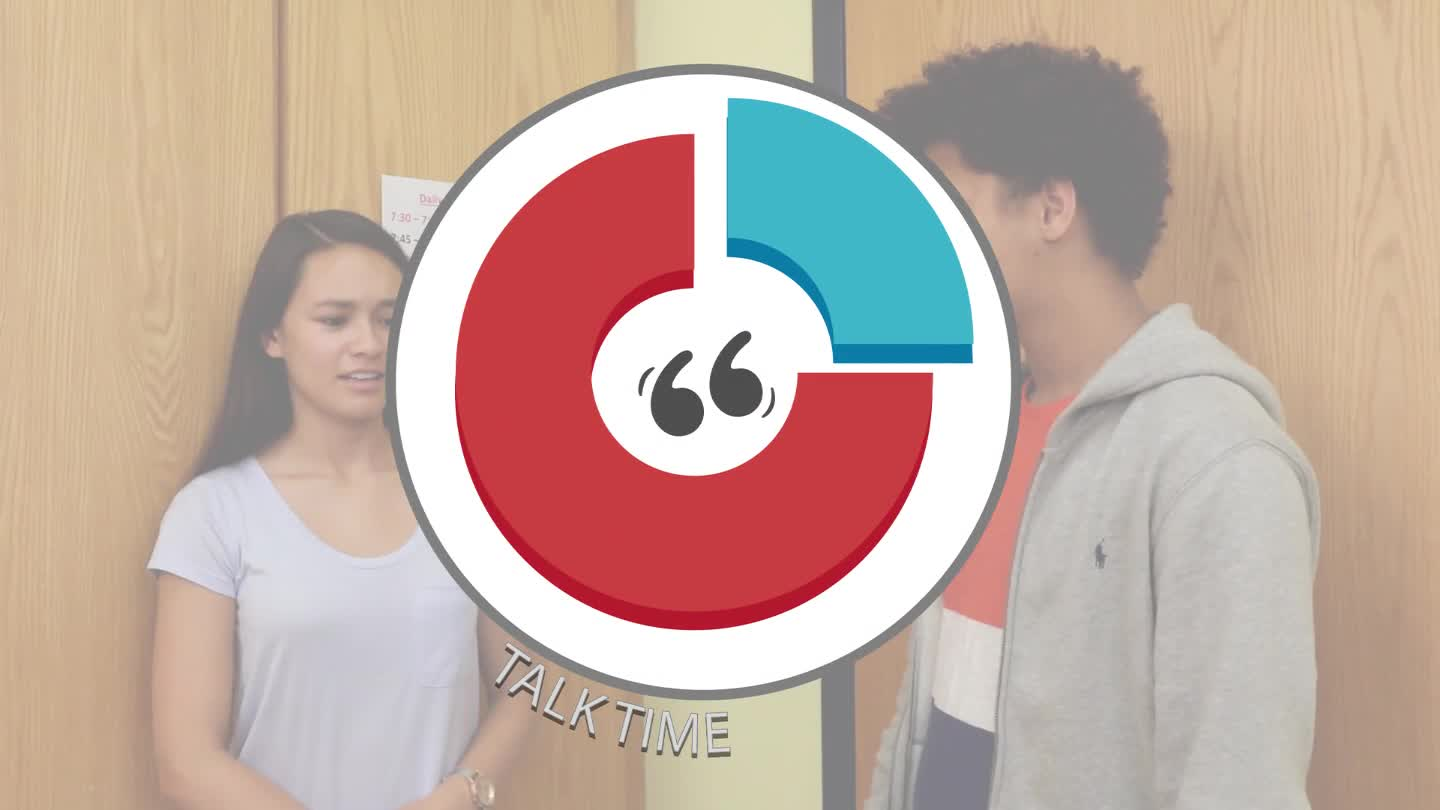
Introduction
Communicating effectively is a key component of a child’s social development. One aspect of effective communication is the concept of Conversation Share, which refers to the amount of time each person talks during a conversation. By teaching kindergarteners how to balance their talk time, we can help them build better relationships and foster positive interactions with their peers. In this blog post, we’ll explore a no-prep activity to teach Conversation Share, along with discussion questions, related skills, and resources for further learning.
No-Prep Activity: The Talking Pie
This activity is designed to help kindergarten students visualize the concept of Conversation Share using a pie chart as a metaphor. Here’s how it works:
- Ask the students to sit in a circle on the floor.
- Explain that they are going to pretend to have a conversation about a topic of their choice, such as their favorite toys or animals.
- Introduce the idea of the Talking Pie, which represents the amount of time each person should talk during the conversation. Explain that the pie should be divided evenly among all participants, so everyone has a chance to share their thoughts.
- As the students engage in conversation, use a timer or stopwatch to monitor their talk time. If a student speaks for too long, gently remind them to share the Talking Pie with their peers.
- After the conversation, discuss the experience with the students and ask them how they felt about sharing the Talking Pie.
Discussion Questions
- How did it feel to share the Talking Pie with your friends? Did you feel like everyone had a chance to speak?
- Why is it important to share talk time with others during a conversation?
- How can you tell if someone wants a turn to talk during a conversation? What are some signs that you should give them a chance to speak?
- What can you do if you feel like you’re not getting a chance to share your thoughts during a conversation?
- Can you think of a time when you experienced a conversation where the talk time wasn’t shared evenly? How did it make you feel?
Related Skills
Teaching Conversation Share is just one aspect of helping kindergarten students develop effective communication and social skills. Other related skills to consider include:
- Active listening: Encouraging students to focus on what others are saying and respond thoughtfully.
- Turn-taking: Teaching students how to wait patiently for their turn to speak and avoid interrupting others.
- Empathy: Helping students understand and share the feelings of others, promoting compassionate communication.
- Nonverbal communication: Teaching students to recognize and interpret body language, facial expressions, and other nonverbal cues.
Next Steps
Now that you have a better understanding of Conversation Share and its importance in kindergarten students’ social development, it’s time to put these skills into practice. To help you get started, we recommend signing up for free sample materials at Everyday Speech, which offers a wealth of resources and activities designed to foster effective communication and social-emotional learning in the classroom.

